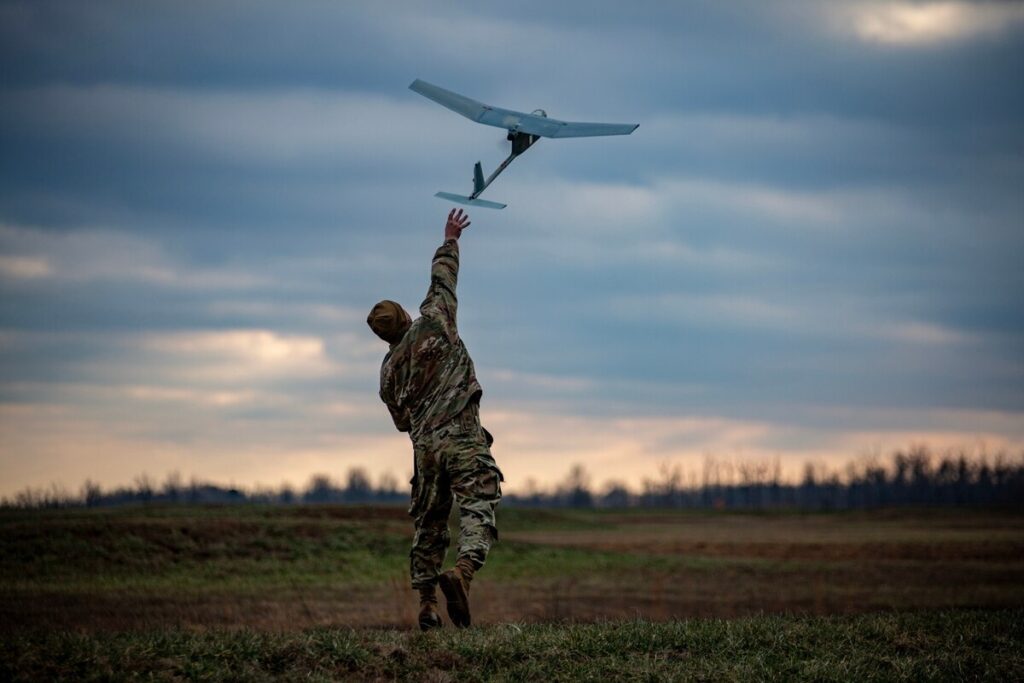After Prime Minister Narendra Modi visited Ladakh on July 3 to pay respects to Indian soldiers martyred in Galwan Valley clash , Defence Minister Rajnath Singh will visit Ladakh this week.
The visit will be important as the Defence Minister would be taking stock of the ground situation and ensure our troops have all the necessary equipment with tensions still prevailing.
The Defence Minister will be accompanied by Army Chief General M M Naravane and will brief Singh about the operational readiness along both the fronts with China and Pakistan.
On Wednesday (July 15), the Defence Acquisitions Council (DAC) chaired by Singh delegated the powers for “progressing urgent capital acquisition cases up to ₹ 300 crore”.
According to an MoD official“This will shrink the procurement timelines and ensure placement of orders within six months and commencement of deliveries within one year. The special DAC meeting was convened due to the prevailing security situation along the northern borders (with China) and the need to strengthen the armed forces for the defence of our borders,”.
Several weapons acquisitions are being finalized from “Spike Firefly loitering munitions” and additional “Spike” anti-tank guided missiles and launchers from Israel to small hand-launched Raven drones and 72,000 SiG Sauer assault rifles from the US.
To have a tactical advantage in high altitude, India plans to purchase lightweight tanks along with Israeli “Heron” surveillance as well as missile-armed unmanned aerial vehicles.
In September 2018, India placed orders for 93,895 close-quarter battle (CQB) carbines from United Arab Emirates (UAE) company Caracal is also on the cards.
The Defence Acquisition Council (DAC) on July 2 had also approved procurement projects worth ₹ 38,900 crore. These monies will be used to buy 21 additional MiG-29 and 12 Sukhoi-30MKI fighter jets as well as 300 Nirbhay long-range land-attack cruise missiles and 250 Astra air-to-air missiles, as was then reported by TOI.
The Doklam standoff of 2016, Balakot airstrikes and the Galwan Valley clash in June have acted as signs to build our military capabilities so that India is able to stand ground on two active borders with China and Pakistan.

